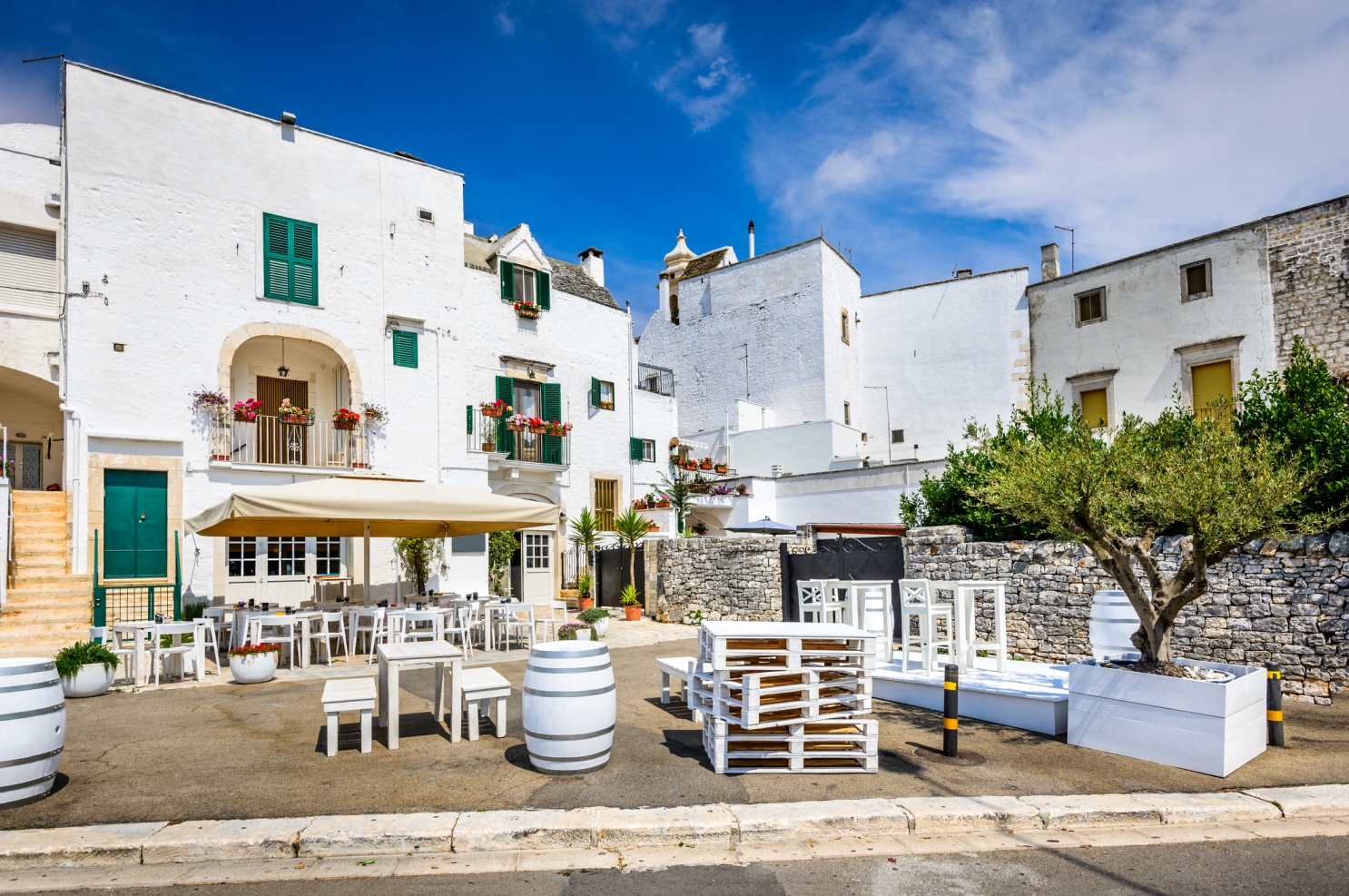Those of us of a certain age may perhaps remember when history textbooks claimed that one of the “problems” with our immigrant ancestors was that they had no democratic tradition. The authors either ignored, or were ignorant of the fact that Italy has one of the oldest to have such in the world, stretching back at least 3000 years to the Greek colonies which dotted the coast, and perhaps most significant of all, the Roman Revolution of 510 BC, which overthrew the monarchy and established a republic, which served as the model for the United States.
As the 100th anniversary of World War I approaches, maybe some mention will be made of the first conflict actually fought on a global scale, the Thirty Years’ War (1618-1648), which engulfed virtually all of Europe plus the overseas colonies. It was one of almost unprecedented destruction, and atrocities were the norm; a good deal of the fighting took place in Germany, where at least a quarter of the population perished. It was also the first in which gunpowder was widely used, and armies were filled with conscripts.
At the time, the southern Italian mainland and Sicily were ruled by Spain, which, to obtain soldiers, sent press gangs into villages. The able bodied men were rounded up, slapped into chains, carried off for a bit of training, and then to fight. To pay for the war, heavy taxes were levied on virtually everything; by 1647, an estimated 100 million ducats had been collected, approximately 50 billion dollars in modern terms, a particularly vast sum, considering that the capitol, Naples, one of the largest cities in Europe, only had a population of around 250,000.
Tommaso Aniello, known as Masaniello, was the leading spirit of revolt in Naples, 1647
Tommaso Aniello, known as Masaniello, was the leading spirit of revolt in Naples, 1647
None of this was taken lightly; revolts had sporadically broken out, and to avoid the unfair taxes, smuggling became common. Among the people was a poor fisherman, Tommaso Aniello. He could not have dreamt that his name would be inscribed among the martyrs for liberty.
He was born in 1620 to Francesco Aniello and his wife, Antonia Gargani, who fished, ran a small shop and did housekeeping for a living. He came to be called by the nickname Masaniello. Intelligent, handsome and generous, he was well liked by all; in 1641 he married a beautiful local girl, Bernardina Pisa.
To support his family, he supplemented his meager income by the goods he smuggled in for some of the nobility. He was occasionally caught and thrown into prison, where he met a lawyer and revolutionary, Marco Vitale, who introduced him to others who longed for freedom from tyranny and wanted equality, among whom was a priest in his 80s, Giulio Genoino, who had struggled for decades to bring about reform. Inspired by the vision of liberty, his resolve to champion it was galvanized when Bernardina was imprisoned for not paying a tax on flour, and he was forced to pay a hefty fine to obtain her release.
Things came to a head in 1647, when a heavy tax was imposed on fruit, a staple food at the time. That May a revolt broke out in Sicily. On June 7, Masaniello started the revolution in Naples. The people took over the huge central market, drove out the tax collectors, and burnt their office. They then headed to the palace of the hated Spanish viceroy, the Dukes of Arcos, and forced him to flee to the heavily fortified Castel Nuovo. Masaniello was hailed as a hero and spontaneously elected Captain-General; Bernardina was given the honorary title of queen.
The revolt spread throughout the kingdom. Trials were held in which traitors and the worst oppressors were executed, and negotiations carried on with the Duke. Finally, on July 13, a treaty was signed which pardoned the revolutionaries, abolished the worst of the taxes, and granted rights, including that to bear arms, to the people.
The following day, Masaniello went to the Castel Nuovo at the invitation of the Duke, ostensibly to celebrate the peace. Upon his arrival, he was offered a bribe and the permanent title of Captain-General, which he immediately refused, declaring that the rights he had won for Italy was his reward, and all he wished was to go back to being a simple fisherman. Treachery was then resorted to. Invited to dinner, he was served poisoned wine.
On July 16 he returned to Naples, sick and in a daze. He attempted to give a speech, but was so ill and incoherent that he was forced to stop and stumbled into a church to seek help. Hired assassins followed and shot him to death. His head was cut off and brought to the Duke as proof of the murder; the body was thrown into a sewer. The next day it was recovered by the people. A solemn funeral was held, attended by most of the city, and he was buried with full honors in the Church of Our Lady of Mt. Carmel. (Bernardina lived until 1656, when she died during an epidemic of bubonic plague.)
Taking advantage of the situation, the Duke sent in troops to retake the city, which was then bombarded by a Spanish fleet. Under a new leader, Gennaro Annese, a gunsmith, and against almost impossible odds, the enemy was driven out, and a Republic declared. Realizing that they needed an ally to resist Spain which was one of the superpowers of the time, the title of doge was offered to Henry II, the Duke of Guise, France, a descendent of the house of D’Anjou, the royal family which had ruled the Kingdom of Naples and Sicily prior to the Spanish. He arrived on November 15, and took charge as a limited monarch, similar to the Republic of Venice and modern Great Britain.
The situation was a desperate one. The Spanish controlled most of the area surrounding Naples, but lead by Henry, the Italians were able to take some strategic sites. Treachery was again resorted to. Spies and saboteurs infiltrated the city, and some of Henry’s close officials were bribed. Acting on their advice, he lead a force against the Spanish on April 5, 1648, but fell into an ambush and was captured. The enemy poured into Naples; to avoid a massacre, Gennaro Annese surrendered, was arrested and despite a promise of amnesty, was beheaded in June.
The French sent fleets in June and August of that year to try and retake the city, but failed. Another revolt occurred in June, 1649, but was suppressed and the Spanish remained in control. Henry, who had been taken prisoner, was eventually freed in 1652. He made a last attempt to free the city in 1654, but failed.
As for Masaniello, he became a folk hero not only in Italy, but throughout Europe, an inspiration for those who struggled against tyranny. Several operas were written about him, and his picture was kept as a reminder of the power of the average person. In 1799, fearing his burial site would serve as a rallying point during another time of unrest, king Ferdinand IV had his remains disinterred and cast into the sea.
Finally, in 1997, the 350th anniversary of the revolution he lead, a monument was placed in his honor. Masaniello lives on as a champion of liberty.
































